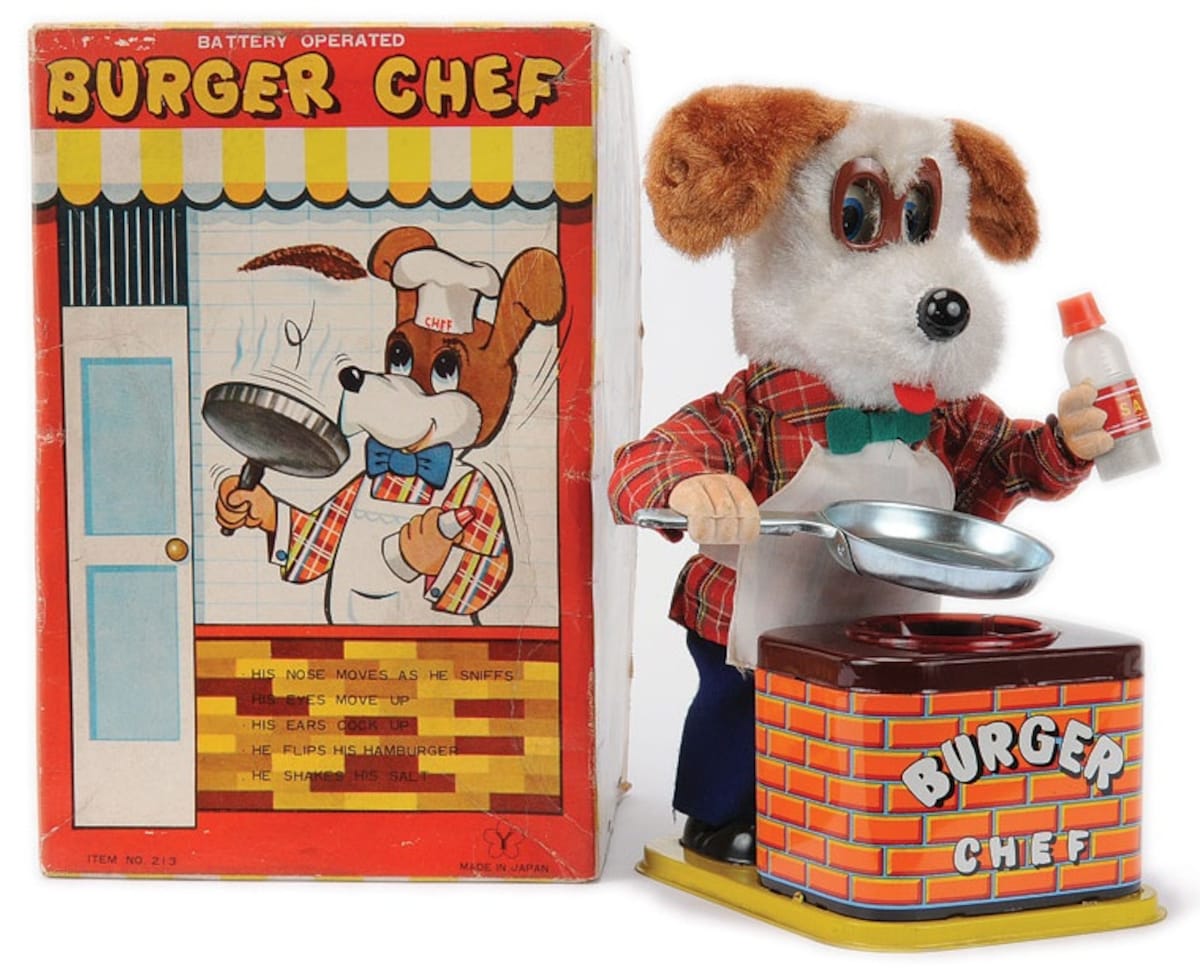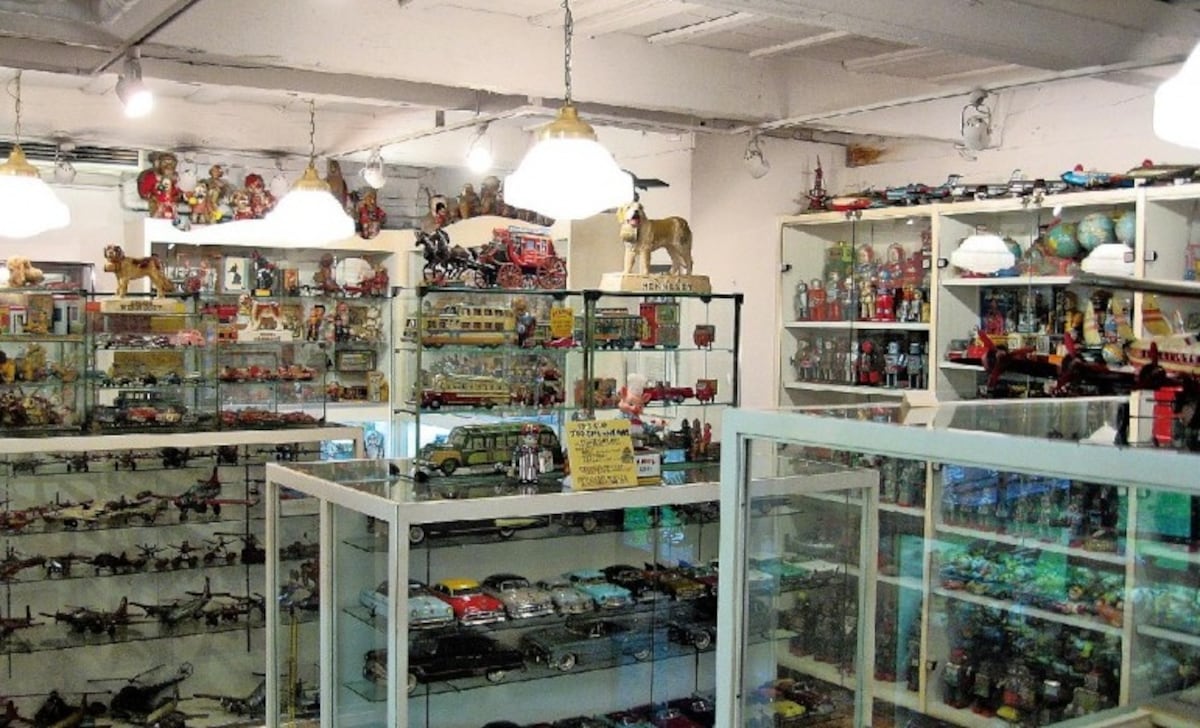Mechanical Marvels: Japanese Tin Toys
Would you pay $50,000 for a tin can of California tomatoes? I wouldn't think so. However, some of the most expensive Japanese collectible antique toys in the world are actually made from recycled tin!
By Sean Gearoid O'SiochainChildhood Memories

http://www.vectis.co.uk/AuctionImages/372/1351_l.jpg
Many people have happy memories of their childhood waking up early on Christmas morning full of excitement and finding the toys under the Christmas tree. Before the computer game era, boys received model trains and cars, while girls usually received dolls and dolls’ houses. Japanese toy makers helped change this situation with their amazing mechanical toys, especially robots for boys and mechanical animals or people toys for girls.
For more than 100 years, German mechanical toys were traditionally the best quality and the most expensive. They were better than the British and French products. Yet from the 1950s, Japan became a major producer of cheap toys for the world market.
Early Japanese tin toys borrowed heavily from German techniques. However, Japanese tin toys were usually made from recycled food cans from the U.S., and Californian canned tomatoes were a particular favorite!
Collectible Creations
https://www.youtube.com/watch?v=rPgIWGkVJBo&feature=youtu.be
Having perfected their skill with tin plate, the Japanese toy makers began producing possibly the most unique toys the world has ever seen. Japanese ingenuity in toy design was truly amazing.
Japanese tin plate toys are highly collectible now, since they’re becoming very scarce due to their age. Tin plate toy manufacturing ceased with the advent of plastic toys in early 1970s, and almost immediately the market for tin plate toys disappeared.
Yokohama Tinplate Toy Museum
One of the most famous antique toy collectors in the world is Teruhisa Kitahara. He began acquiring tin toys in the ‘70s as they were being phased out. He’s now believed to have the largest collection in the world, with more than 10,000 toys. His fabulous collections are on public display at his world-famous tin toy museum in Yokohama.
Although tin plate toys were originally European, Japanese toy makers embraced the idea with gusto and produced the most superb examples of automata in the world.
The Value of Nostalgia

http://artdaily.com/news/68293/-Flying-Spaceman--on-motorcycle-summons-superpowers-to-land-in-top-slot-at-Morphy-s-Feb--15-Toy-Auction-#.VhMzQH8e1Bf
When Japanese tin toy makers changed from clockwork to battery power during the 1950s, the designs became even more incredible and sometimes bizarre. They had smoking bears and talking robots, talking vehicles and musical monkeys, just to name a few. Movie-themed toys were quite popular. The talking toys used an ingenious micro (vinyl disc) record player with a tiny stylus inside the toy's body, as this was long before microchips were invented.
Today we look at these toys from the past with nostalgia and marvel at the engineering ability of early Japanese toy makers. The material used in original Japanese tin toys regularly came from discarded empty food cans. However, the skilled hands of the Japanese toy maker transformed that tin into a child's treasure. Sixty years later they are now very collectable, and with starting bids at $35,000 or more not uncommon in Ebay, they’re a shrewd investment. In 2014, a Bandai “Flying Spaceman”—who bears a distinct resemblance to a certain son of Krypton—was even sold at a Morphy Auction for $55,200.
Those in it for the money might want to know that the world’s most expensive toy to date is not Japanese, however, but American: a tin Santa in a goat-drawn sleigh that was sold at the James D. Julia Toy, Doll and Advertising Auction for $161,000.



